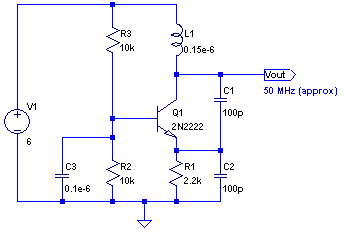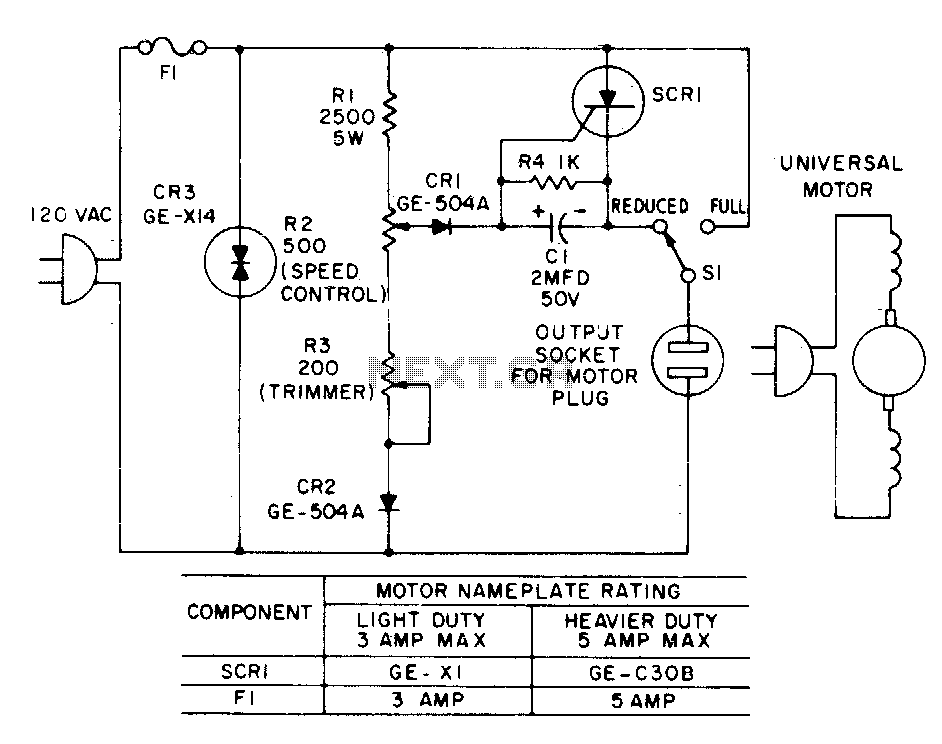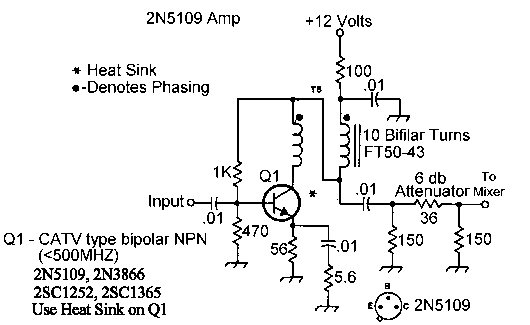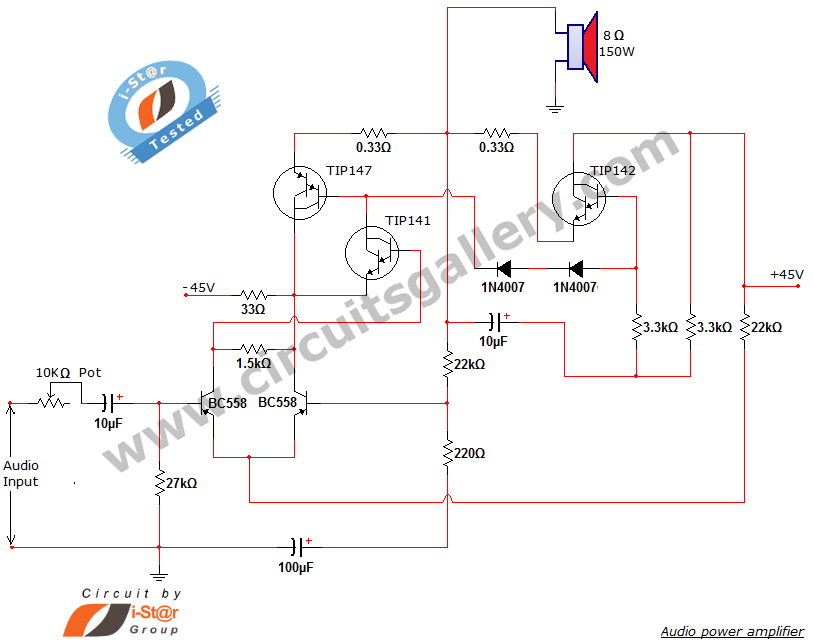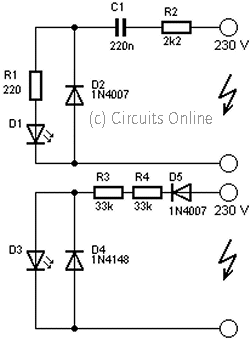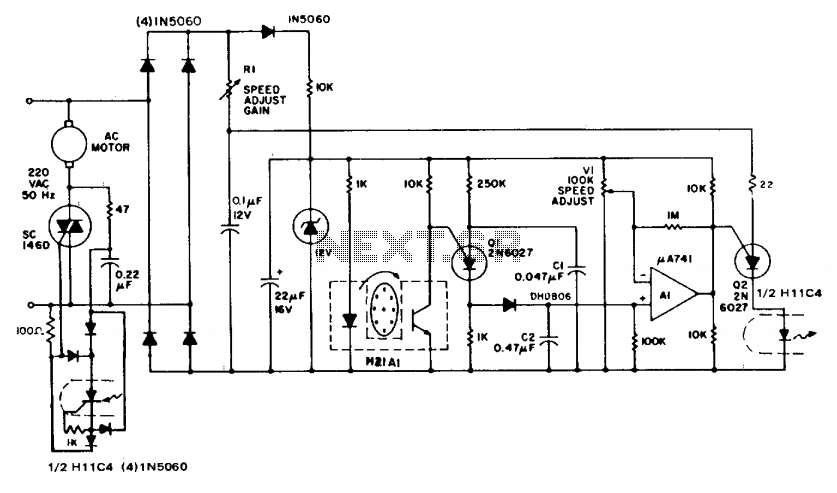
Relay control auto-transformer AC power supply circuit
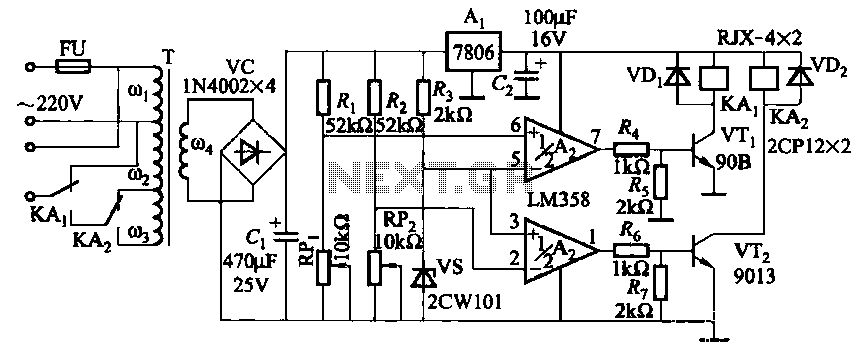
It utilizes two LM358 operational amplifiers, A2 and Ar, to create a voltage measurement comparison control circuit for upper and lower limit voltage settings. The circuit includes a Raspberry Pi adjustment potentiometer (RPi) and an additional potentiometer (RP2) to modify the upper and lower limit voltage settings.
The circuit employs the LM358, a dual operational amplifier, to compare two voltage levels. The first op-amp (A2) is configured to monitor the upper limit voltage, while the second op-amp (Ar) monitors the lower limit voltage. The output of these op-amps will indicate whether the measured voltage exceeds the upper limit or falls below the lower limit.
The potentiometer labeled RPi is connected to the non-inverting input of A2, allowing users to adjust the reference voltage to set the desired upper limit. Similarly, the potentiometer RP2 is connected to the non-inverting input of Ar for adjusting the lower limit voltage. The inverting inputs of both op-amps are connected to the voltage being measured, which is compared against the set reference voltages.
When the measured voltage exceeds the upper limit, the output of A2 will switch to a high state, indicating an over-voltage condition. Conversely, if the measured voltage drops below the lower limit, the output of Ar will switch to a high state, signaling an under-voltage condition. This dual comparison setup enables effective monitoring of voltage levels and can be used in various applications, including power supply regulation, battery management systems, and safety alarms.
The circuit can be further enhanced by integrating additional components such as LEDs or relays that can be activated based on the op-amp outputs, providing visual or physical indications of voltage status. This design ensures that the system can react promptly to voltage deviations, maintaining operational safety and reliability.It uses two LM358 op amp A2 and Ar as an upper limit and a lower limit voltage electrical voltage measurement comparison control circuit. RPi adjustment potentiometer and RP2, can change the upper limit voltage and lower voltage setting.
The circuit employs the LM358, a dual operational amplifier, to compare two voltage levels. The first op-amp (A2) is configured to monitor the upper limit voltage, while the second op-amp (Ar) monitors the lower limit voltage. The output of these op-amps will indicate whether the measured voltage exceeds the upper limit or falls below the lower limit.
The potentiometer labeled RPi is connected to the non-inverting input of A2, allowing users to adjust the reference voltage to set the desired upper limit. Similarly, the potentiometer RP2 is connected to the non-inverting input of Ar for adjusting the lower limit voltage. The inverting inputs of both op-amps are connected to the voltage being measured, which is compared against the set reference voltages.
When the measured voltage exceeds the upper limit, the output of A2 will switch to a high state, indicating an over-voltage condition. Conversely, if the measured voltage drops below the lower limit, the output of Ar will switch to a high state, signaling an under-voltage condition. This dual comparison setup enables effective monitoring of voltage levels and can be used in various applications, including power supply regulation, battery management systems, and safety alarms.
The circuit can be further enhanced by integrating additional components such as LEDs or relays that can be activated based on the op-amp outputs, providing visual or physical indications of voltage status. This design ensures that the system can react promptly to voltage deviations, maintaining operational safety and reliability.It uses two LM358 op amp A2 and Ar as an upper limit and a lower limit voltage electrical voltage measurement comparison control circuit. RPi adjustment potentiometer and RP2, can change the upper limit voltage and lower voltage setting.
